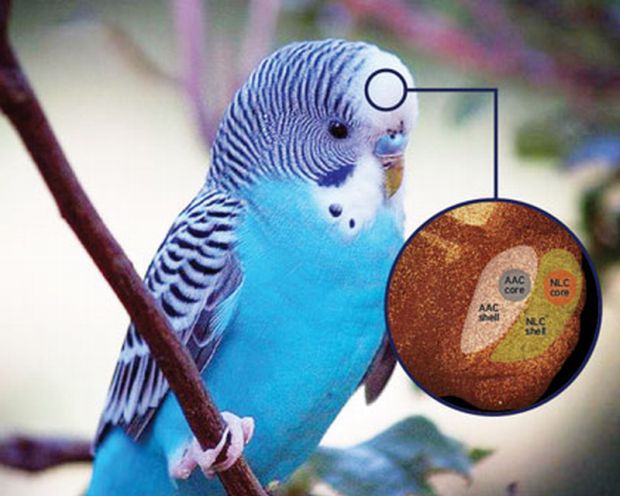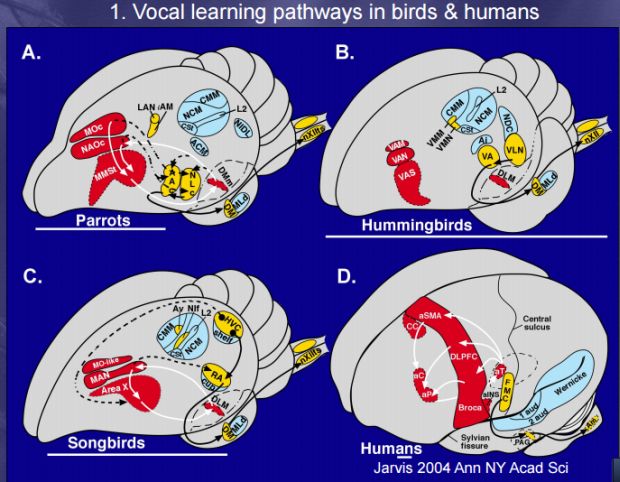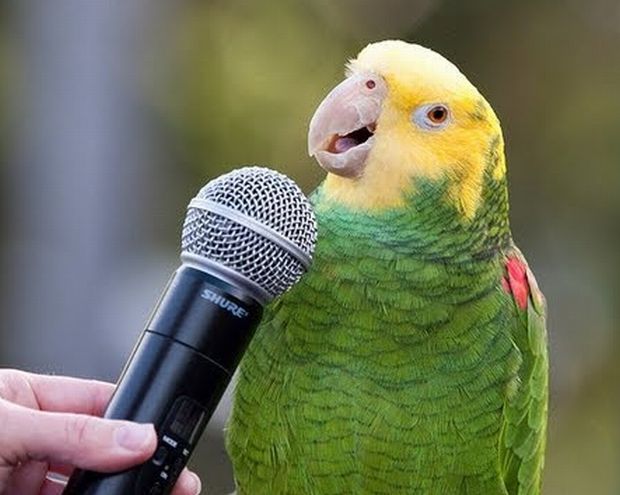Researchers from Duke University, North Carolina have revealed the presence of key structural differences in the brain of parrots that leads them to ‘talk’ than the other birds. The discovery might also give some understanding into the neural mechanisms especially the neural circuits of human speech.
Dr Chakraborty, the lead scientist said that the research has a huge potential in discerning the way that these birds are able to process information that is essential to imitate novel sounds. Along with this, the technique that underlies imitation of human speech sounds is another aspect, which is expected to be surfaced by the discovery.
Shell structure is responsible for vocal learning
Until now, vocal learning aspect of some birds over the other has remained an unsolved mystery. One of the most accepted theory as propounded by the researchers was the brain size. However, the gene expression patterns have something else to exhibit. In a recent observation, it was surfaced that brains of parrots are structured differently with respect to the brains of similar vocal learning birds like songbirds and hummingbirds.
Scientists concluded that not only the cores, the vocal learning centers in the brain but the other rings called the shells are also concerned with vocal learning in case of parrots, which was of course missing in other vocal learning birds. Not one but brains of eight parrot species were observed by the researchers.
Evolution of shell structure
They also discovered that in the kea of New Zealand – currently the most ancient parrot left – the shell structure is still in its basic form, which means, the average number of neurons in the shells might have arose at least 29 million years ago.
Previously, it was believed that the outer regions of the cores were not involved with learning but the current discovery re-butted the initial assumption and postulated that in humans as well as song learning animals, the ability of imitation is the result of brain pathway duplication.
Vocal imitation
Major portion of the bird’s brain that is responsible for vocal learning are folded into regions that also control movement consequent upon which, the parrots are able to do some ‘foot-tapping’ or in this case claw-taping upon hearing some music.
This is just the tip of iceberg the researchers are still trying to find out ways that as to how auditory information is processed and produce movements that are essential for mimicking sounds of another species.






